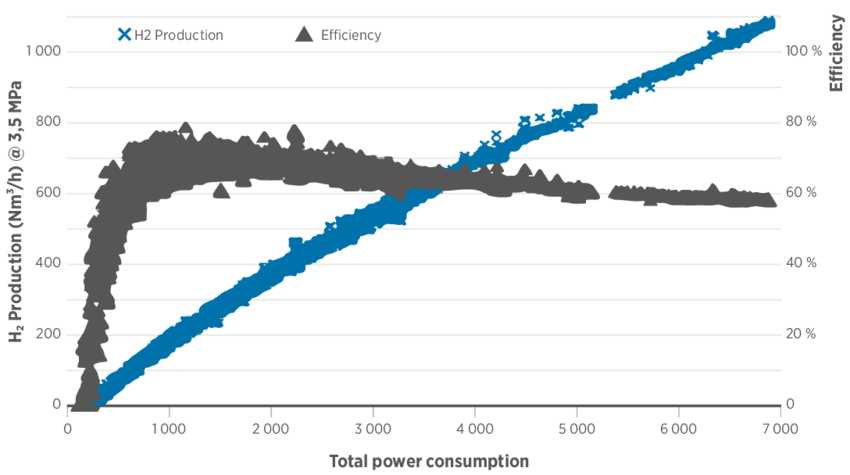Sector Coupling – Roadmap Toward Decarbonization

There are plenty of discussions about climate change and the best way to avoid it. Most of them lead to which are the best technologies to achieve net zero-emission, or where should the government invest its money in the green technologies available as of today. More often than not, these kinds of discussions polarize people into a group of “fanatics”, failing to see the problem from a broader perspective, based on the practicality of the solutions and availability of resources. This is where sector coupling comes in place, especially when we are talking about the journey toward energy transition and deep decarbonization.
The term sector coupling was adapted from the German “Sektorkopplung” which essentially means interconnection or integration of multiple energy-consuming sectors with the power-producing sector to achieve the energy transition. With the rapid development of renewable energy in Germany, such as wind and solar, the country aims at making electricity the default form of energy. This idea was later been adapted by many countries in Europe as well as the United States.
The next concept that is derived from sector coupling is Power-to-X. With the intermittency of renewable energy such as wind power and solar, electricity as the default form of energy needs to be stored for usage during the unproductive time. The first thing that comes to mind might be battery storage. However, even the most advanced battery technology nowadays can only have a maximum of storage duration of around four hours. The purpose of Power-to-X is to convert electricity to other forms of energy that can be stored for longer periods, disposable, and transportable. In a country like Germany, during its productive period, renewable energy will produce electricity for direct consumption while also powering electrolyzers to produce green hydrogen, or heat pumps for heat and/or cold storage.

For a country like Germany, Power-to-X makes a lot of sense. This is mainly because wind power will have around 8 to 10 days of low productivity period every year, while solar PV produces zero power during peak hour between 7 p.m. in every winter day. Storing energy in heat pumps allows latter use for households or industrial sector. While hydrogen requires intermediary process, the usage varies from direct utilization, re-electrification via hydrogen fueled engine or modern gas turbine technology, or production of ammonia and synfuels. Assuming it is green hydrogen, there are two processes that are known today and those are Alkaline (ALK) electrolyzers and Proton Exchange Membrane (PEM). PEM is considered better due to higher efficiency. One of the most advance PEM technologies has more than 75% efficiency with around 17 MW of power demand.

Each country will have a different approach toward energy transition. It is mostly determined by the availability of resources and financial capability. Each country will have a different approach toward energy transition. It is mostly determined by the availability of resources and financial capability. The importance of a holistic approach to the whole energy issue is crucial to come up with a technically and economically feasible solution.
References
- E. Taibi, R. Miranda, W. Vanhoudt, T. Winkel, J C. Lanoix, and F. Barth, “Hydrogen from Renewable Power - Technology Outlook for The Energy Transition,” IRENA. 2018. [www.irena.org]
- S. Krishnan, M. Fairlie, P. Andres, Thijs de Groot, G J. Kramer, “Chapter 10 - Power to gas (H2): alkaline electrolysis,” Editor(s): M. Junginger, A. Louwen, “Technological Learning in the Transition to a Low-Carbon Energy System,” Academic Press, 2020, Pages 165-187, doi: 10.1016/B978-0-12-818762-3.00010-8
- S. Shiva Kumar, V. Himabindu, “Hydrogen production by PEM water electrolysis – A review,” Materials Science for Energy Technologies, Volume 2, Issue 3., 2019. doi: 10.1016/j.mset.2019.03.002
